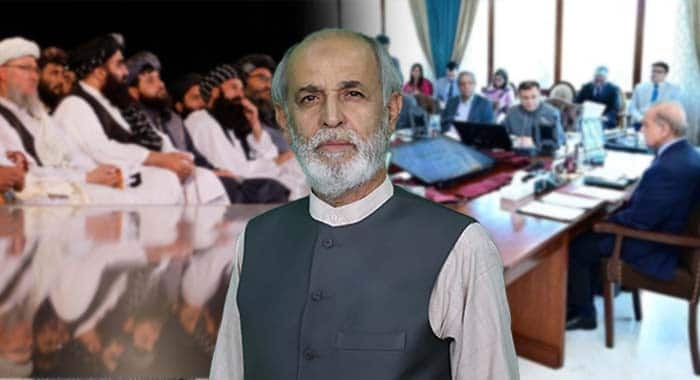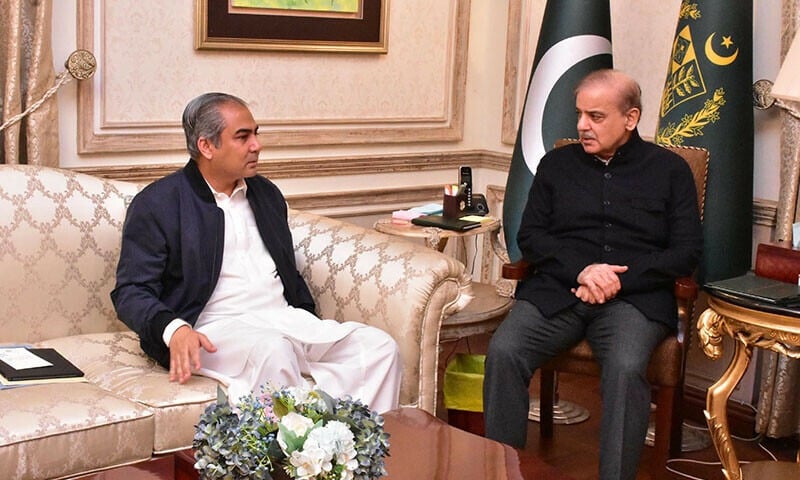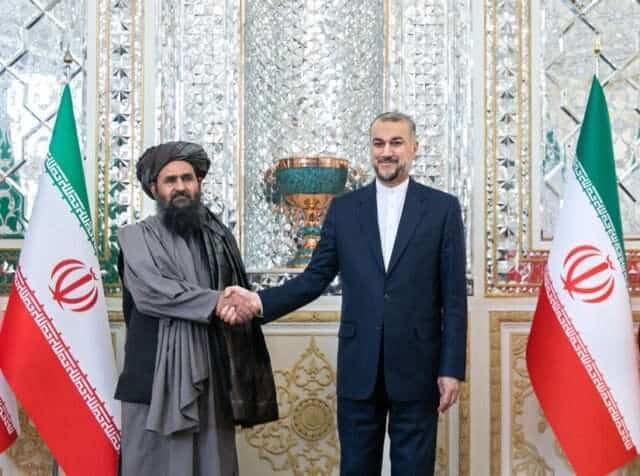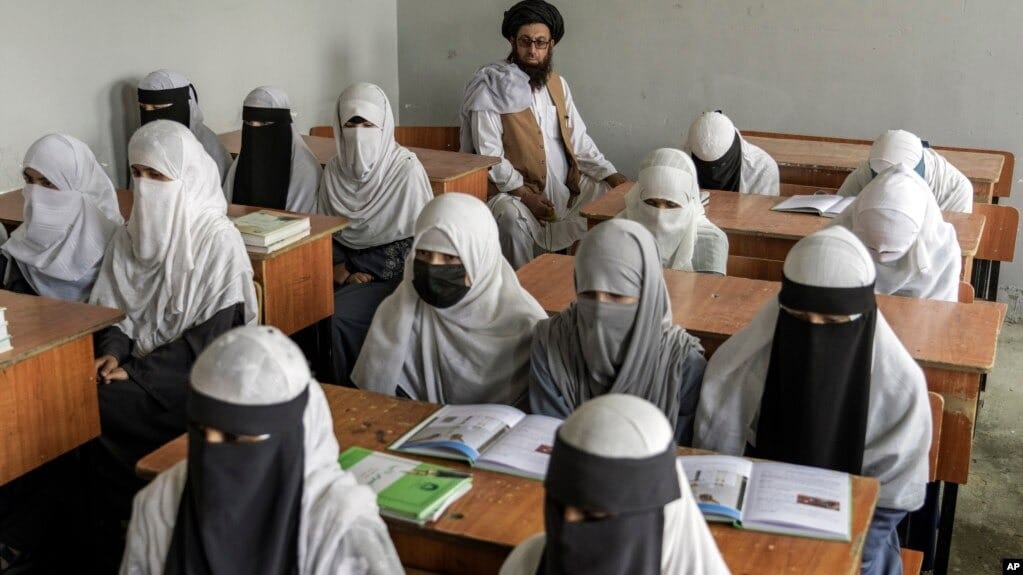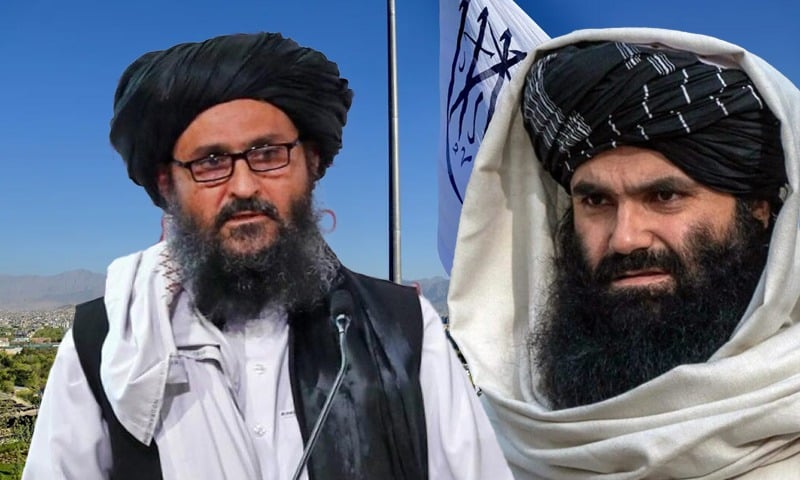Shamim Shahid
First came the attack on Kabul, then Kandahar and just as the region braced for escalation, the Taliban abruptly announced a ceasefire. To the untrained eye, it appeared as a step toward peace. In reality, it may well be the opening act of a larger and more calculated geopolitical manoeuvre.
The Taliban’s sudden shift from aggression to conciliation is not merely a matter of battlefield tactics. It is a reflection of competing power plays between Pakistan and Afghanistan, and between global rivals whose shadows loom large over South and Central Asia. At the heart of this development lies the Taliban’s evolving diplomacy, India’s strategic outreach, and Pakistan’s urgent search for stability amid growing cross-border tensions.
The visit of Afghan Foreign Minister Amir Khan Muttaqi to New Delhi his first since the Taliban’s return to power in August 2021 is symbolic of a major transformation. Once viewed as Islamabad’s ideological allies, the Taliban now seek legitimacy beyond Pakistan’s sphere of influence. This is as much a shift in Kabul’s posture as it is in India’s regional calculus. With relations between Islamabad and Kabul strained, New Delhi has seized the moment, eager to expand its foothold in a volatile neighbourhood that could serve its long-term strategic interests.
Afghanistan, long dependent on Pakistan’s logistical and economic support, now appears to be testing the waters of autonomy or at least, the optics of it. But this comes with dangerous consequences. If ties between the two deteriorate further, the region risks becoming a theatre where others notably India, and perhaps even the United States exploit instability for strategic gain. As one scholar recently observed, the friction between Pakistan and Afghanistan may not merely be a border dispute but part of the broader power contest between America and China.
The ceasefire itself bears the mark of fragility. According to reports, both Pakistani and Afghan representatives including Abidin Khan and Faiz Asif signed the agreement with the understanding that it might last only 48 hours. The absence of strong communication channels and the deep mistrust between the two governments make any sustained peace difficult.
On the ground, Afghanistan’s defence capacity remains weak. The Taliban may dominate internal security, but their military capability pales in comparison to Pakistan’s organized structure and technological edge. Yet, despite its strength, Pakistan stands to lose the most from prolonged confrontation. The conflict drains security resources, destabilizes the border, and invites external meddling.
History, too, warns against unchecked escalation. Since the British colonial era, Pakistan and Afghanistan have weathered repeated cycles of hostility and reconciliation from the days of Sardar Daud Khan and Hamid Karzai to the present. Each confrontation, whether at Torkham or Chaman, has ultimately ended not through firepower but through dialogue often mediated by tribal elders, political emissaries, and religious scholars.
Today, that traditional mechanism of mediation is absent. The Taliban’s rise to power altered the balance. Once Pakistan’s protégés, they now demand parity a position Islamabad finds hard to accept. The transformation from insurgents to rulers has emboldened them, but also burdened them with the responsibilities of governance, diplomacy, and legitimacy.
The only viable path forward lies in comprehensive, multi-level dialogue. Religious leaders, political elders, and national figures must be brought into the process not as symbolic participants but as genuine intermediaries. The Taliban’s religious leadership remains influential, and outreach through that channel may yield results where conventional diplomacy has failed. Negotiations, by nature, require compromise; even a 70 or 80 percent success is preferable to another decade of mistrust.
External players particularly Qatar, Saudi Arabia, and China have a critical role to play. Qatar, the guarantor of the Doha Agreement, retains unique leverage over the Taliban. China’s growing investments in Afghanistan give it both influence and interest in ensuring stability. Saudi Arabia, through its religious and financial clout, remains a respected mediator in Kabul. If these three nations work in tandem, they could help restore confidence between Islamabad and Kabul and transform a short-lived ceasefire into a framework for long-term engagement.
However, the threat of militancy continues to blur the lines between internal and external conflict. Many Taliban fighters, sidelined in post-war Afghanistan, now find themselves unemployed and restless. With limited economic opportunity, some drift toward extremist outfits like Daesh or the Tehrik-e-Taliban Pakistan (TTP), perpetuating a transnational insurgency that thrives in instability. The only way to curb this is through cooperative security and shared intelligence not isolation.
Cutting off Kabul is neither feasible nor wise. To do so would create a geopolitical vacuum, one that India or other rivals would swiftly occupy. For decades, Pakistan has invested heavily in Afghanistan from hosting refugees and backing the Mujahideen during the Soviet era to facilitating dialogue during the U.S.-NATO occupation. That legacy should not be abandoned. Instead, Islamabad must convert its historic engagement into a diplomatic advantage, reviving a role that blends influence with pragmatism.
Both nations sit at the heart of Asia’s most strategic crossroads. If they can overcome mistrust and work in tandem, Pakistan and Afghanistan could transform from conflict zones into a corridor of commerce and connectivity potentially rivaling the Gulf states in economic promise.
For now, the ceasefire remains precarious, but it is an opening one that may last only days or may, if wisely managed, mark the beginning of a new regional balance. Whether this fragile truce becomes a turning point or another lost opportunity depends on whether the region’s leaders choose conversation over confrontation, and strategy over sentiment.
In the end, peace between Pakistan and Afghanistan is not a gift to either state it is a necessity for both.

